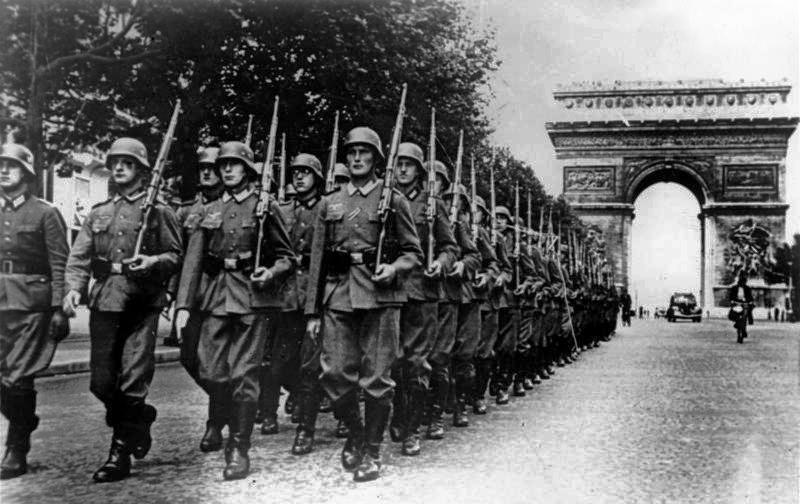
ADVERTISEMENT - CONTINUE READING BELOW
A French Disaster in 1940
France was traumatized by World War I and by the devastation suffered by the parts of the country that were fought over. So the French devised a plan to avoid a repetition: the Maginot Line, which would secure the Franco-German border to the south. The bulk of the mobile French army was stationed in the north, and would advance into Belgium soon as the Germans attacked, to fight as far forward and outside of France as possible. The French had adequately fortified the south, and amassed enough mobile forces in the north to keep the Germans out of France via that route. However, they ignored a stretch of wooded terrain in the center, the Ardennes Forrest. They deemed it impassable for tanks, and so kept it lightly defended.

ADVERTISEMENT - CONTINUE READING BELOW
The Germans figured the Ardennes was actually passable, so they massed most of their armor against that sector. When the Germans burst through the Ardennes and raced to the English Channel to sever France’s armies in the north from the rest of the country, the French were wrong footed. Their mobile forces were advancing into Belgium, and couldn’t be turned around in time to stop the Germans pouring out of the Ardennes. The French lacked adequate reserves to send in and plug what became a widening gap. Disaster and collapse quickly followed. Two decades earlier, France had fought the Germans for four bloody years and emerged victorious in WWI. It capitulated and signed a humiliating surrender after just 40 days’ combat in WWII.

